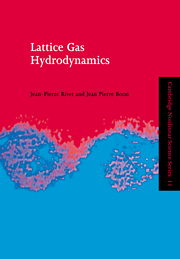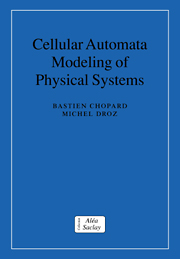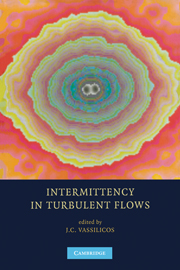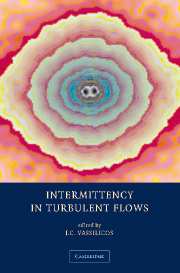Lattice Gas Hydrodynamics
Lattice Gas Hydrodynamics describes the approach to fluid dynamics using a micro-world constructed as an automaton universe, where the microscopic dynamics is based not on a description of interacting particles, but on the laws of symmetry and invariance of macroscopic physics. We imagine point-like particles residing on a regular lattice, where they move from node to node and undergo collisions when their trajectories meet. If the collisions occur according to some simple logical rules, and if the lattice has the proper symmetry, then the automaton shows global behavior very similar to that of real fluids. This book carries two important messages. First, it shows how an automaton universe with simple microscopic dynamics - the lattice gas - can exhibit macroscopic behavior in accordance with the phenomenological laws of classical physics. Second, it demonstrates that lattice gases have spontaneous microscopic fluctuations which capture the essentials of actual fluctuations in real fluids.
- Offers detailed theory of statistical mechanics of lattice gas automata, not treated elsewhere
- Analyzes fluctuations showing over a broad range of scale the analogy between discrete lattice gases and continuous fluids
- Presents careful derivations of the hydrodynamics of lattice gases
Reviews & endorsements
'It is a pleasure to read the book. Equations, of which there are many, are carefully composed and easily deciphered. The text is well written and comprehensible, covering an immense amount of material. Advanced students of physics, mathematics and, probably, engineering, will find this book useful.' Henrik Jeldtoft Jensen, The Times Higher Education Supplement
'This excellent book systematically develops lattice gas theory, starting from the microscopic evolution equations and properties of the underlying lattice … For graduate students entering into the subject area of lattice gases or related methods this book would be an excellent starting point. But also for experts in related fields of fluid dynamics and statistical physics will this book serve as a very good introduction.' Eirik G. Flekkoy, European Journal of Mechanical B-Fluids
'… this book is certainly an excellent introduction to the physics of lattice gas automata and to the hydrodynamic flows that take place in them.' Journal of Statistical Physics
'… it may serve as a useful review of the attempts in the last fifteen years, 1986 to present, to apply cellular automata to simulate fluid dynamics.' Zentralblatt MATH
Product details
September 2005Paperback
9780521019712
312 pages
255 × 180 × 18 mm
0.812kg
47 b/w illus. 8 tables
Available
Table of Contents
- 1. Introduction
- 2. Basic ideas
- 3. Microdynamics: general formalism
- 4. Microdynamics: various examples
- 5. Equilibrium statistical mechanics
- 6. Macrodynamics: Chapman–Enskog method
- 7. Linearized hydrodynamics
- 8. Hydrodynamic fluctuations
- 9. Macrodynamics: projectors approach
- 10. Hydrodynamic regimes
- 11. Lattice gas simulations
- 12. Guide for further reading
- Appendix. Mathematical details.






